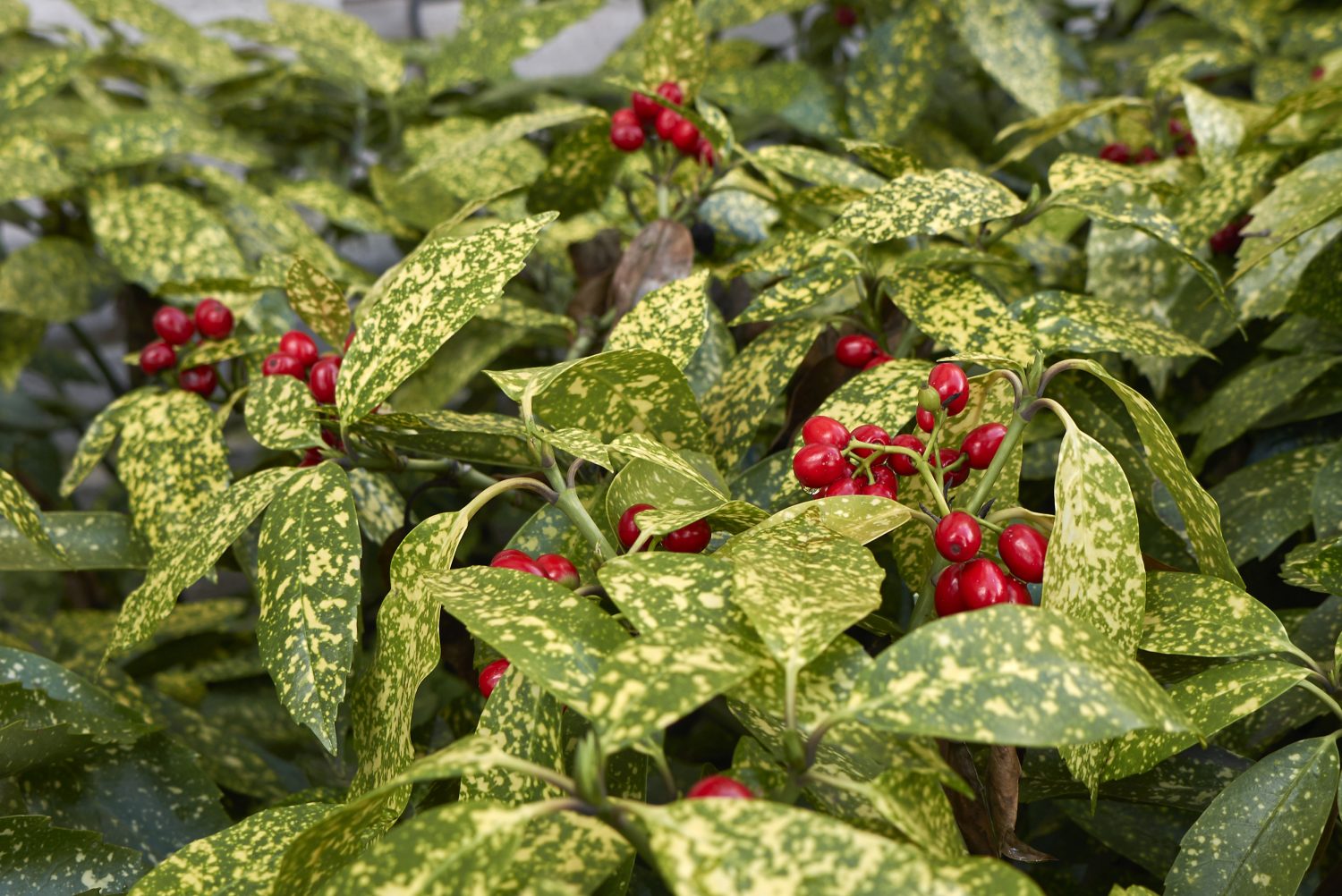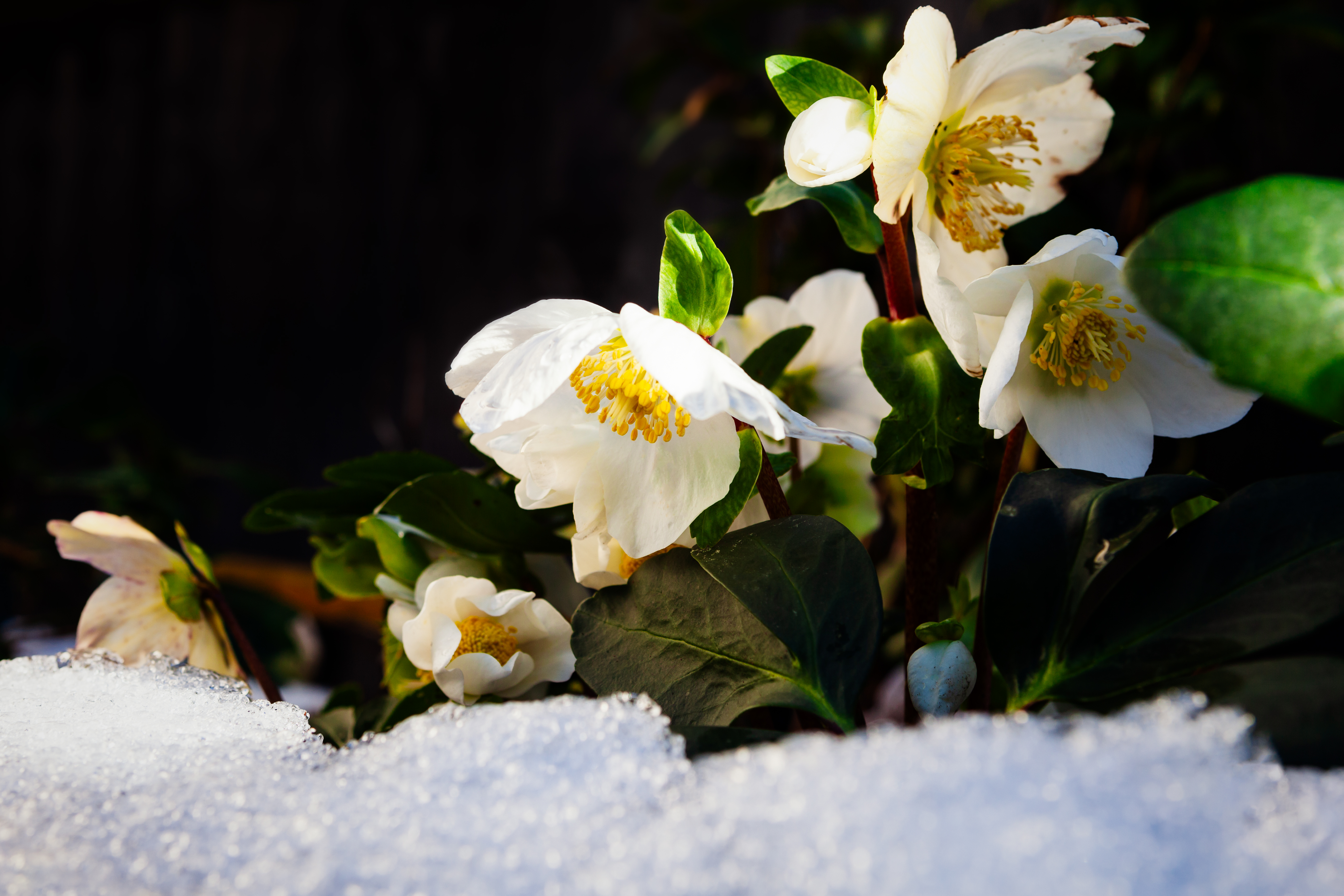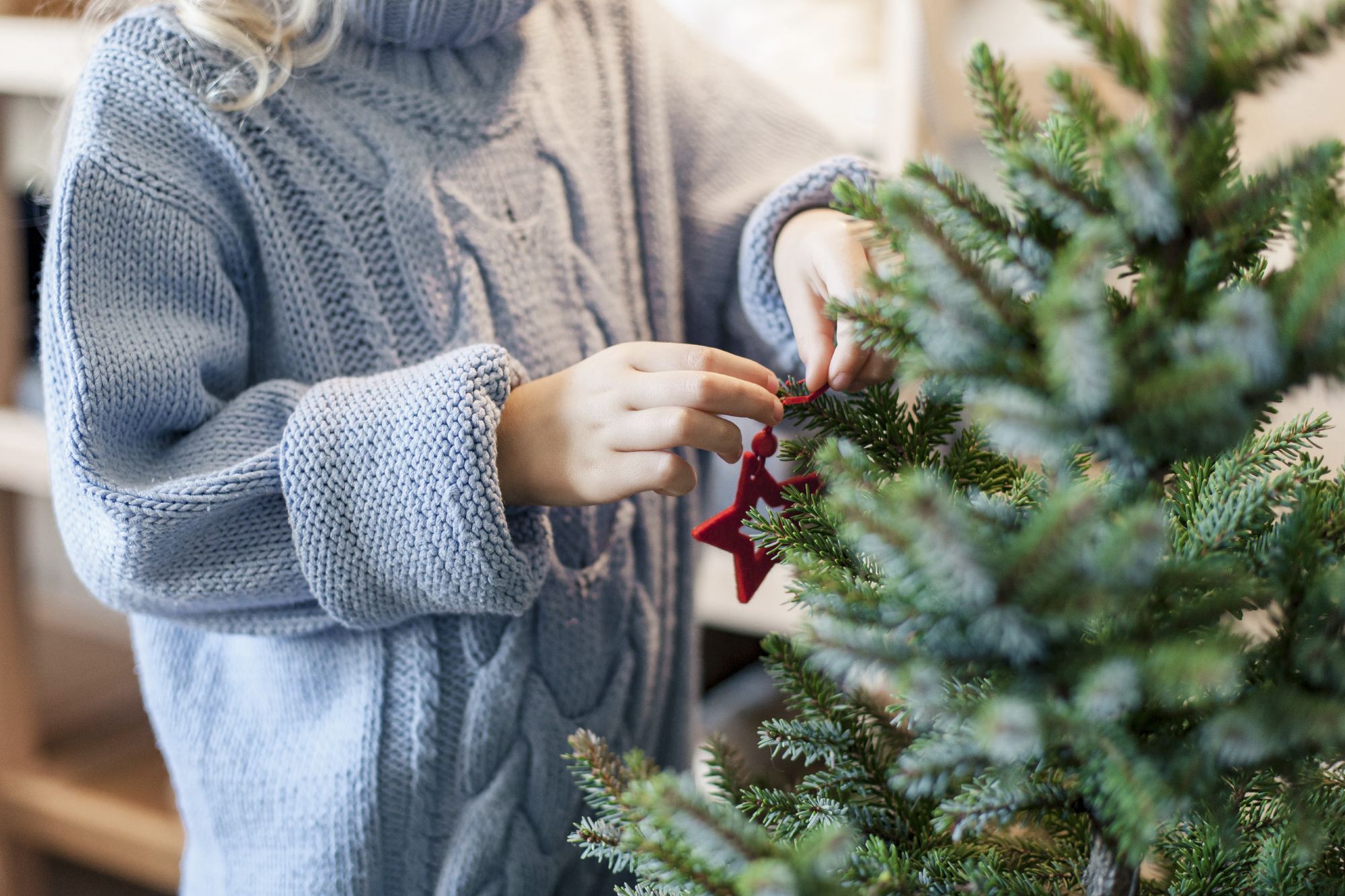When it comes to lush winter foliage, the magic’s in the authenticity, as Jo Arnell explains
Fake plants are getting more and more realistic – I often have to pinch a leaf, or even myself, when I see an impossibly healthy looking plant growing somewhere unlikely indoors. I admit that they can look amazing – not at all the dust-ridden and hopelessly plastic versions of themselves I remember – but as gorgeous as they might appear, they are just objects and not nearly alive enough for me.
There is something uplifting about being near to another living thing – a wordless and soothing connection (the wordlessness is one of the best parts of plant keeping for me). In the winter, when much appears to be dormant and lifeless and the weather and lack of daylight keeps many of us indoors, the presence of vegetation – anything from a tiny pot plant, to a freshly felled Christmas tree – can be a real joy.

Festive Foliage
On one level, dragging a whole tree inside your home and decorating it is a peculiar thing to do, but buried deep under the tinsel is a link to our ancient past and our relationship with the natural world. We tend to credit the Victorians and Prince Albert for introducing the Christmas tree into our living rooms, but before this, for many European cultures, bringing evergreens indoors was a symbolic practice to mark the winter solstice – the time when the Northern hemisphere of the Earth turns back towards the sun – and a sign, writ large in the heart of nature, that spring will return.
Christmas trees, holly and ivy are the most traditional evergreens to use as decorations, but there are lots more – in fact there could be some really lovely evergreens lurking just outside your back door waiting to be part of the celebrations. Look for those with glossy, leathery leaves, as this is a sign that they will stay looking fresh for a long time.
Conifer foliage is wonderful as a wreath or swag base and many varieties are scented, which is a bonus. For once you might not be cursing that huge old Leylandii tree looming over the garden.
Viburnum tinusis completely overlooked in the borders for much of the year – a dark green blob that blends into the background, but it lasts very well once cut and often has flowers too, which can look effective on wreaths and in table decorations.
Herbs are lovely fragrant additions and the leaves of bay and rosemary dry well.
Ruscus, Pittosporum, Osmanthus and Euonymous are other long lasting leaves to try. These have small leaves and are useful as fillers in table decorations and on wreaths or swags.
Blooms and Bulbs
Getting things to flower in the winter is not easy. We tend to rely on plants that aren’t native, those that come from warmer parts of the world and sadly they are often treated as disposable, because they won’t survive for long – indoors or out. Light levels are low, but it’s cold by the window and, with the heating on full blast, it can be hot and dry everywhere else. Christmas is not always the most wonderful time of the year if you are sensitive and need to photosynthesise.
Poinsettias are a case in point. These are a type of tender Euphorbia – and the lovely festive red flower is actually a bract, which is why it lasts so well. The problem with Poinsettias is that they can’t cope with the cold. Originally from South America, they should be kept warm at all times and will react badly if exposed to cold winds – even just during the short trip from the shop to the car. It can sometimes be enough to kill them, so do make sure they are wrapped up well for the journey home. The same might go for some of us…
A Christmas cactus makes a great decoration – and a lovely gift. These might fare a bit better than Poinsettias, as they are succulents and so are able to withstand dry interiors. If you manage to keep them going until the following year, then, in order to ensure that they bloom in time for Christmas, the compost needs to be kept fairly dry until about a month before, and then watered really well for a couple of weeks – as if the spring rains have come to the desert –which should trigger flowering at the right time.
Tricking plants is another age old Christmas tradition most often practiced on bulbs like hyacinths and Paperwhite narcissi. The idea is to break dormancy and force them to bloom early. You need to buy prepared hyacinths that are already confused about what time of year it is, pot them up in the autumn, water, and then place the container in a dark cupboard. When you see a shoot emerging, bring them back into the light and lo, a flower should arrive in time to scent the house (and it will be the whole house!) at Christmas. Paperwhites are also highly scented, but a little faster than hyacinths – these should bloom within six weeks of planting – so for flowers over the festive period, plant them up in mid November.

Whacking great amaryllis lilies are another festive bulb – truly spectacular and sure to dominate any festive floral arrangement. They can be bought ready to flower, or as dormant bulbs in the autumn. If gifted on the day itself, they will subsequently bloom – indoors remember, as they are tender – in the early spring. To get them to flower again the following year, pot them up into a bigger container and place outside for the summer so that they can build up the strength needed to produce another enormous bloom, and bring them in again before the cold weather starts.
The cyclamen that we see in the garden centres at this time of the year are just more tender versions of our garden varieties. These are from the Mediterranean, and will not survive for long when kept outside in the bleak midwinter, nor do they much like watching Strictly by the fire. Annoyingly, they would prefer something in between – happily enjoying a lonely, liminal Christmas in the porch or other unheated halfway space.
More reliable and fully hardy outside is the Christmas rose – not a rose at all, but a Hellebore. The earliest, Helleborus niger, is not to be confused (but it’s very easy to see how) with Helleborus orientalis, or H. hybridus, also known as the Lenten rose, because this one usually flowers in the spring (during Lent?). Helleborus niger is a thing of beauty, with white flowers that shyly unfurl from within a clump of leaves. To keep them looking at their best from year to year, cut off any of the old and unsightly foliage to reveal the flowers, which tend to point downwards – try to do this before the buds emerge to avoid a horticultural baby and bathwater situation, as it’s easy to snip off flower shoots in the process of tidying the foliage…
Real trees, swathes of evergreen foliage and floral displays can’t be put back in the loft each January, but they are completely compostable. They aren’t always the tidiest of indoor decorations either, but they are hard to beat – exuding freshness, fragrance and the promise that our side of the world will soon be turning back towards the sun.
Happy Christmas!
Jo’s new gardening courses start in April. Call 01233 861186 or email jo@hornbrookmanor.co.uk for more information, and to book.
You may also like
In the Night Garden
Jo Arnell explains how to make the most of your outdoor space once darkness falls Some enchanted evening you may see me outside – mainly searching for slugs in the garden, because the cool hours of night are when they...
Contain your excitement
Jen Stuart-Smith discusses how to get creative with your pots and planters My love affair with plants started with houseplants when I was a child. As my bedroom windowsill overflowed – resulting, occasionally, in waking up with compost under my...
More than just a pretty face
Jen Stuart-Smith explores the multiple uses of some easy-to-grow garden favourites When you grow flowers for their beauty, shape and colour it can be easy to forget all the other qualities they have to offer. Some are edible, others provide...










